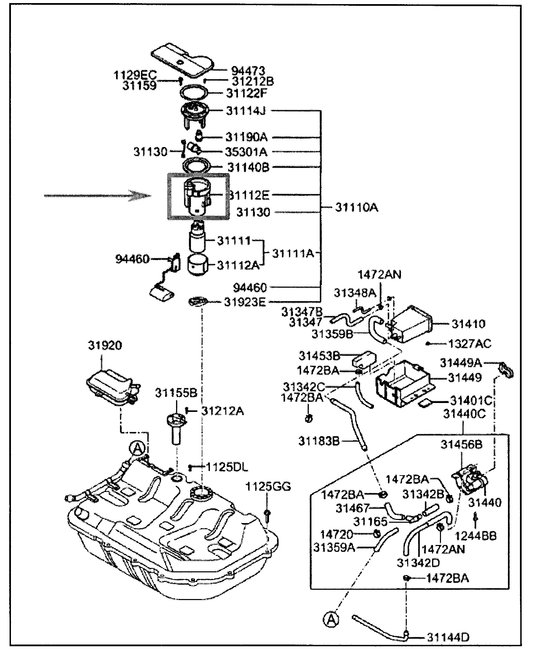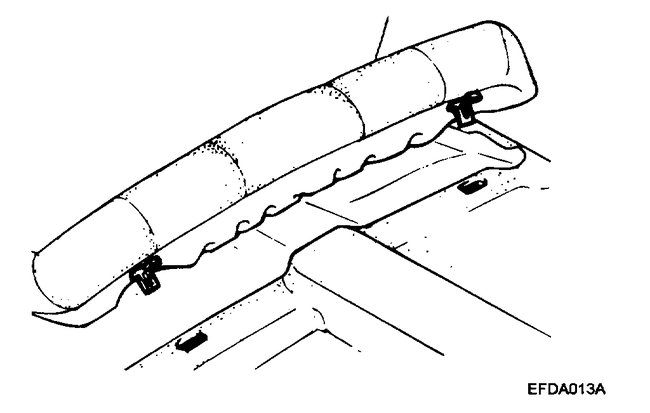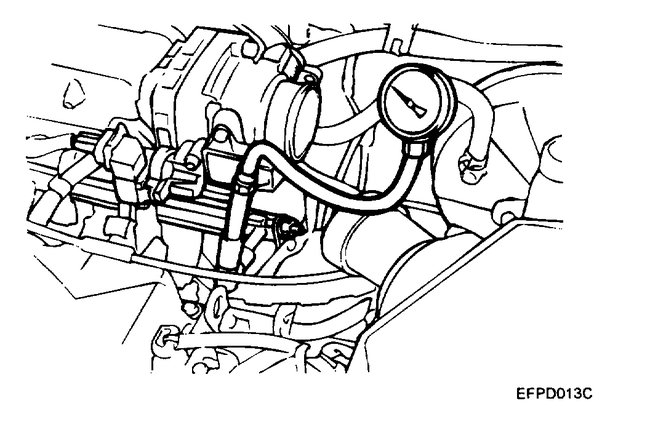Hi and thanks for using 2CarPros.com.
Often times, a bad crankshaft position sensor will fail when it heats up. Take a look through this link.
https://www.2carpros.com/articles/symptoms-of-a-bad-crankshaft-sensor
Here are general directions for replacement:
https://www.2carpros.com/articles/crankshaft-angle-sensor-replacement
Additionally, here is a link that discusses possible reasons why a vehicle will not start:
https://www.2carpros.com/articles/car-cranks-but-wont-start
I mention the sensor because you said there is no check engine light indicating a problem. That can happen with a bad sensor. What you need to do is when the vehicle will not start, check to see if there is spark and fuel to the engine. One will most likely be missing or weak. Here are general directions for both:
https://www.2carpros.com/articles/how-to-check-fuel-system-pressure-and-regulator
https://www.2carpros.com/articles/how-to-test-an-ignition-system
__________________________________________-
Here are the directions specific to your vehicle for checking fuel pressure. Your vehicle is a bit different than the one in the general description. All attached pictures correlate with these directions.
_________________________________________-
The 2003-2005 Accent Shop Manuals contain incorrect information for the fuel filter location.
For the 2003-2005MY the fuel filter is incorporated into the fuel pump assembly within the fuel tank.
- Part Number: 31112-25700 (Filter-Fuel Injection Pump).
FUEL PRESSURE TEST
1. Press the two taps under the rear seat and raise the seat, then detach the inspection panel of the fuel pump.
2. To reduce the internal pressure of the fuel lines and hoses, first start the engine with the fuel pump disconnected and wait until it stops by itself.
NOTE: Be sure to reduce the fuel pressure before disconnecting the fuel main pipe and hose, otherwise fuel will spill out.
3. Disconnect the battery negative (-) terminal and then connect the fuel pump harness connector.
4. Using the fuel pressure gauge adapter (09353-24000, 09353-24100, 09353-38000), install the fuel-pressure gauge to the fuel rail. Tighten the bolt to the specified torque.
Tightening Torque
Fuel pressure gauge to fuel filter: 25 - 35 Nm (250 - 350 kg.cm, 18 - 26 lb.ft)
5. Connect the battery's negative (-) terminal.
6. Apply battery voltage to the terminal for the pump drive and activate the fuel pump. Then, with fuel pressure applied, check that there is no fuel leak from the pressure gauge or connections.
7. Start the engine and let it idle.
8. Measure the fuel pressure.
Standard value: 350 kPa (3.5 kg/sq.cm, 49.8 psi)
9. If the result of the measurements made in steps (7) and (8) are not within the standard value, use the table to determine the probable cause, and make the necessary repairs.
10. Stop the engine and check for a change in the fuel pressure gauge reading, which should hold for approximately 5 minutes. If the gauge indication drops, observe the rate of drop. Determine and remove the causes according to the given table.
11. Reduce the pressure in the fuel line.
12. Disconnect the hose and the gauge.
CAUTION: Cover the hose connection with a shop towel to prevent splashing of fuel caused by residual fuel pressure in the fuel line.
13. Replace the O-ring at the end of the hose.
14. Connect the fuel hose to the delivery pipe and tighten with the specified torque.
15 Check for fuel leaks.
________________________________________
I hope this helps. Let me know if you have other questions.
Take care,
Joe
Images (Click to make bigger)
SPONSORED LINKS
Wednesday, August 29th, 2018 AT 7:11 PM









